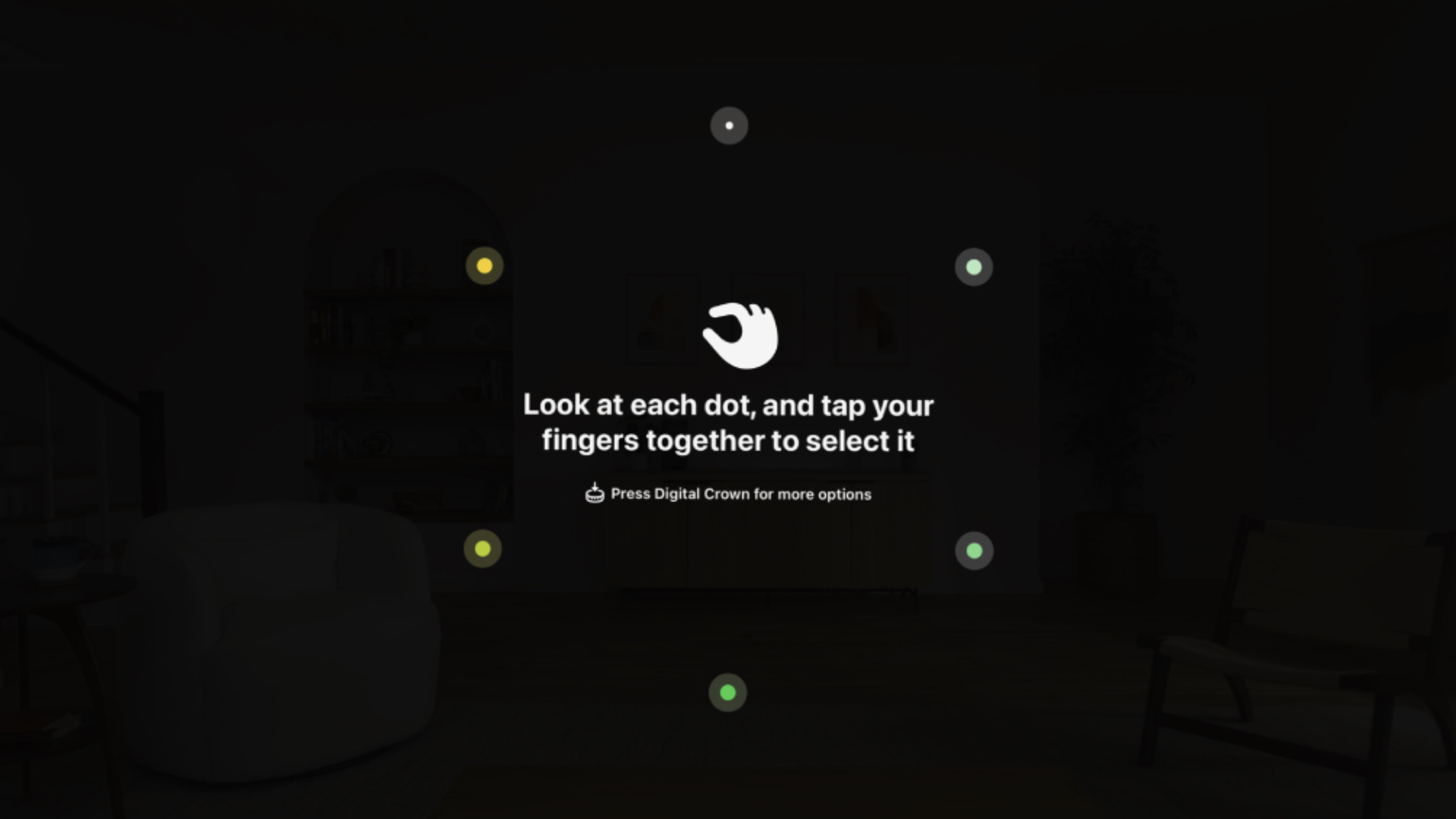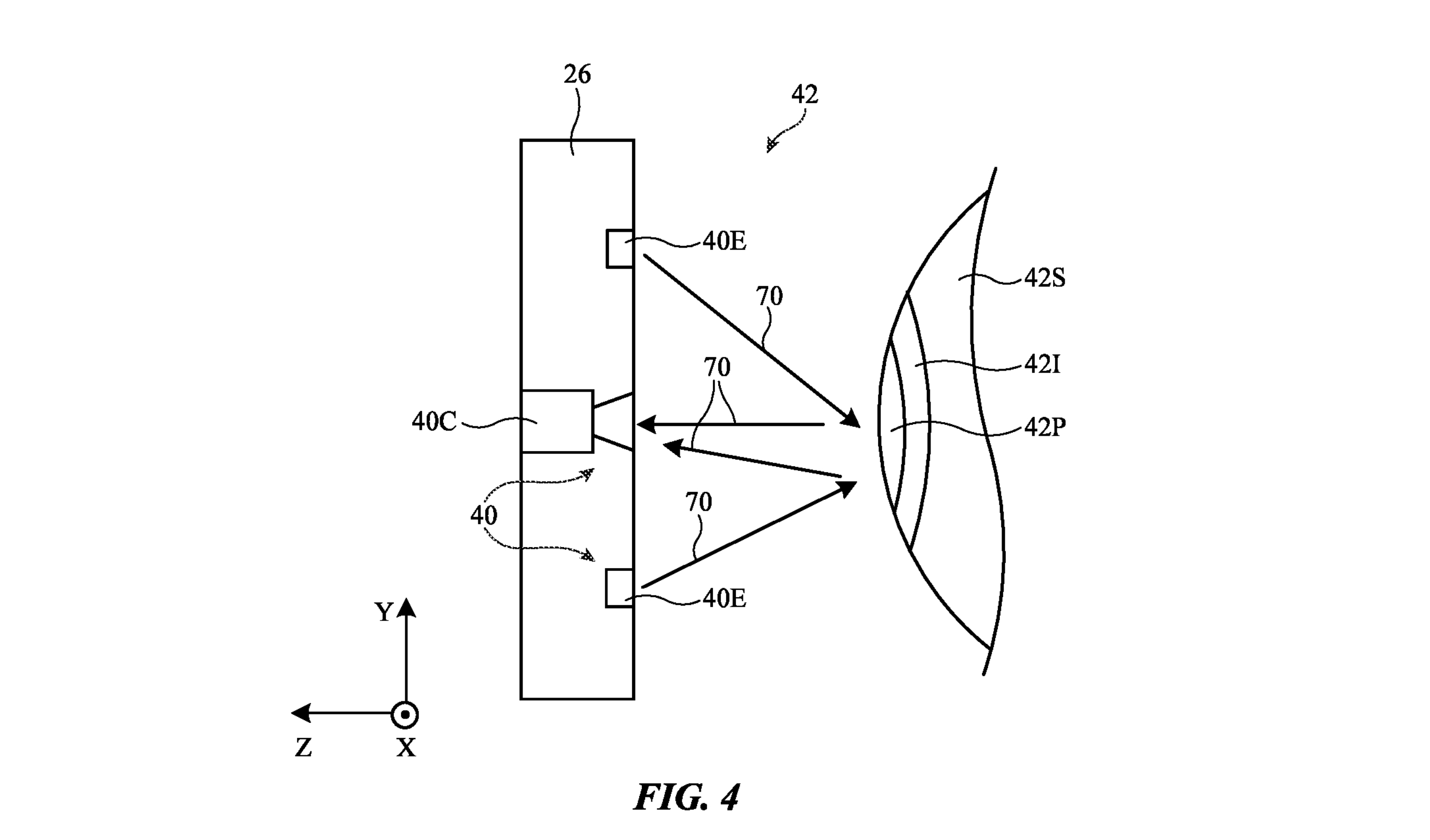
Apple's Vision Pro headset has been out for a while now, and has even made it to other countries after a US-only launch. The highly acclaimed mixed reality headset is expensive and not without flaws. But that's because this is a first-generation product. And it's common knowledge that Apple is trying to shrink the tech down in to smart glasses.
We've been hearing rumors of Apple Glass since around the time the Apple Vision Pro leaks first started, but it was always known that there was a long way to go before anyone could walk around wearing a pair. That remains the case, and with Apple likely focusing on making its spatial computer cheaper first, we can't imagine its smart glasses are just around the corner. That doesn't mean that plans aren't afoot, however, and a new patent shows that Apple's smart glasses would keep one impressive Vision Pro feature.
A recent patent from Apple filed with the USPTO details a dual gaze tracking system that is pretty similar to the Vision Pro's eye tracking. Think of it as the smart glasses' ability to follow your gaze, ensuring that images are perfectly aligned with your real-world view.
Gaze tracking vs eye tracking
The gist of Apple’s patent application is this: gaze tracking systems can collect data on where you’re looking. The setup might look like your typical pair of glasses, complete with a frame and temples. The lenses will support display systems on either side, merging computer-generated imagery with your actual surroundings. It includes image-sensor-based systems like eye-glint-based tracking. This system uses light-emitting devices to create glints on your eyes, which are then analyzed to determine your gaze direction. There’s also a low-power gaze tracking system that measures light reflections from your eyes, using the data to gauge where you’re looking. These systems can work in tandem or switch modes to conserve power or enhance tracking precision.

Apple’s Vision Pro headset already features eye-tracking technology. The Vision Pro uses a combination of infrared cameras and LED lights to follow your eye movements, allowing for intuitive control and interaction within virtual and augmented reality environments. This technology tracks where you’re looking, enabling foveated rendering – a technique that sharpens the graphics where your eyes are focused while reducing detail in your peripheral vision, thus saving processing power.
The Vision Pro’s eye-tracking prowess is a hint at what we might expect from Apple’s future smart glasses. Gaze tracking sounds like it'll be slightly less precise, although still accurate. This will be due to cost and size constraints involved with making the smaller and cheaper smart glasses. But Apple’s ambitions don’t stop at just tracking your gaze – the patent also mentions a slew of other sensors. We’re talking 3D sensors, various cameras (including infrared), touch sensors, proximity sensors, force sensors, and more.







